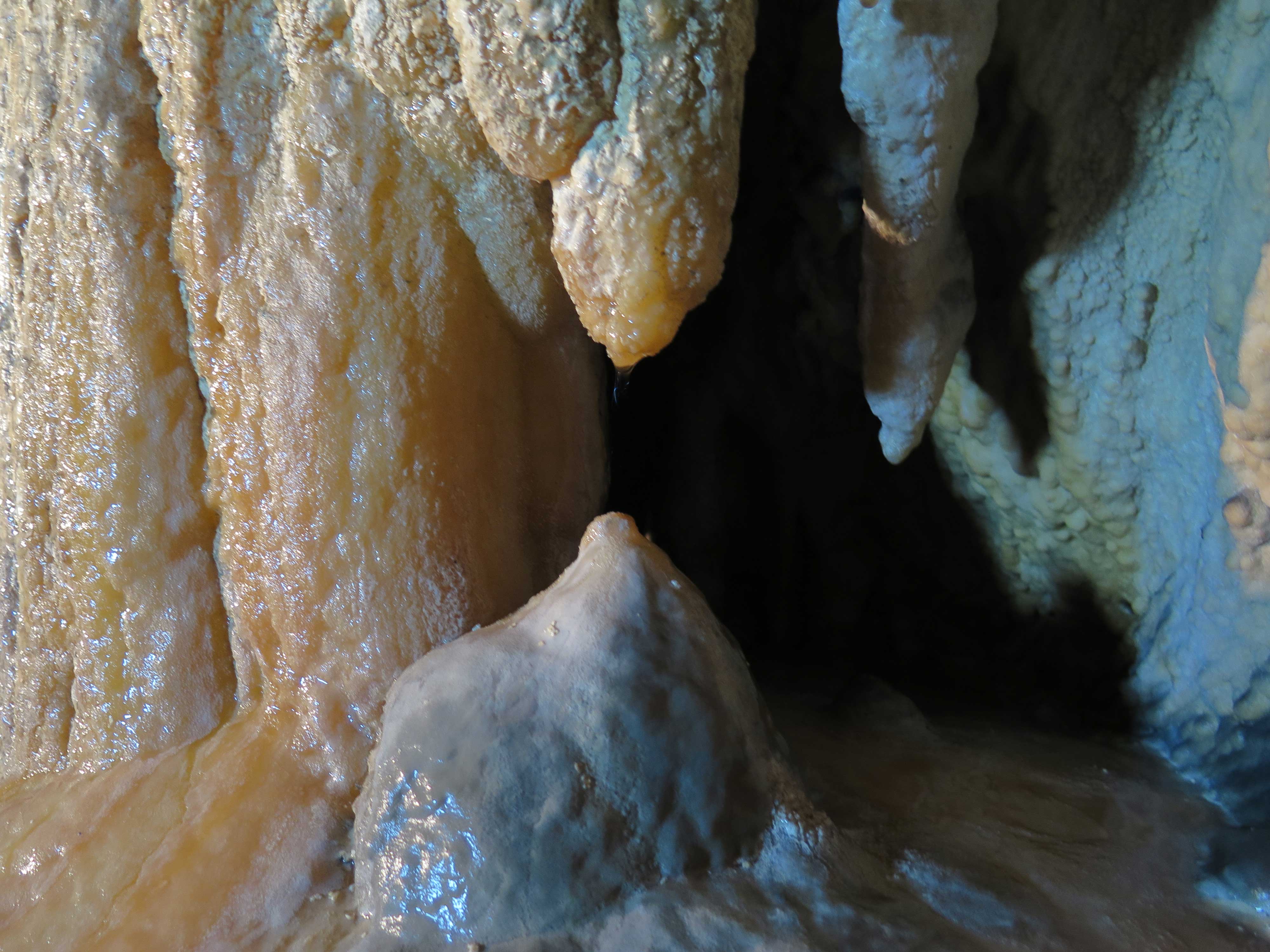 .
.WP2: Paleoclimatic and Paleoenvironmental reconstruction
Speleothems (e.g. stalagmites and flowstones) are now regarded as excellent paleoclimate archives. The aim of this activity is to perform a detailed study of selected speleothems in order to identify local and regional paleoclimate signals.
Major activity: ·
- New sampling campaign of suitable speleothems in the caves surrounding the study area
- Extensive program of precision speleothems radiometric dating and high-resolution geochemical analyses (δ18O, δ13C, Trace element) to reconstruct a multiproxy detailed palaeoclimate information
All collected speleothems will be inspected for visual and thin section evidence of dissolution, mineral alteration (aragonite-to-calcite diagenesis) and mineral-phase changes (calcite-to-aragonite transitions). Altered material will be avoided. First the upper and lower part of the speleothem will be dated and a 1 mm microsampling and δ18O, δ13C analysis of samples will be performed. Then trace element analysis will be carried out and a more detailed microsampling at 200-μm interval and δ18O, δ13C analysis will be conducted, to deep investigate crucial intervals (e.g. where isotope and/or trace element values show greater variations). Finally further dating will be carried out for a more detailed age model.

